MOUNDS, FROM THE EXHIBITION
25: THIERRY DELVA AND STEVEN HOLMES
HERMES GALLERY, HALIFAX: OCTOBER 2017
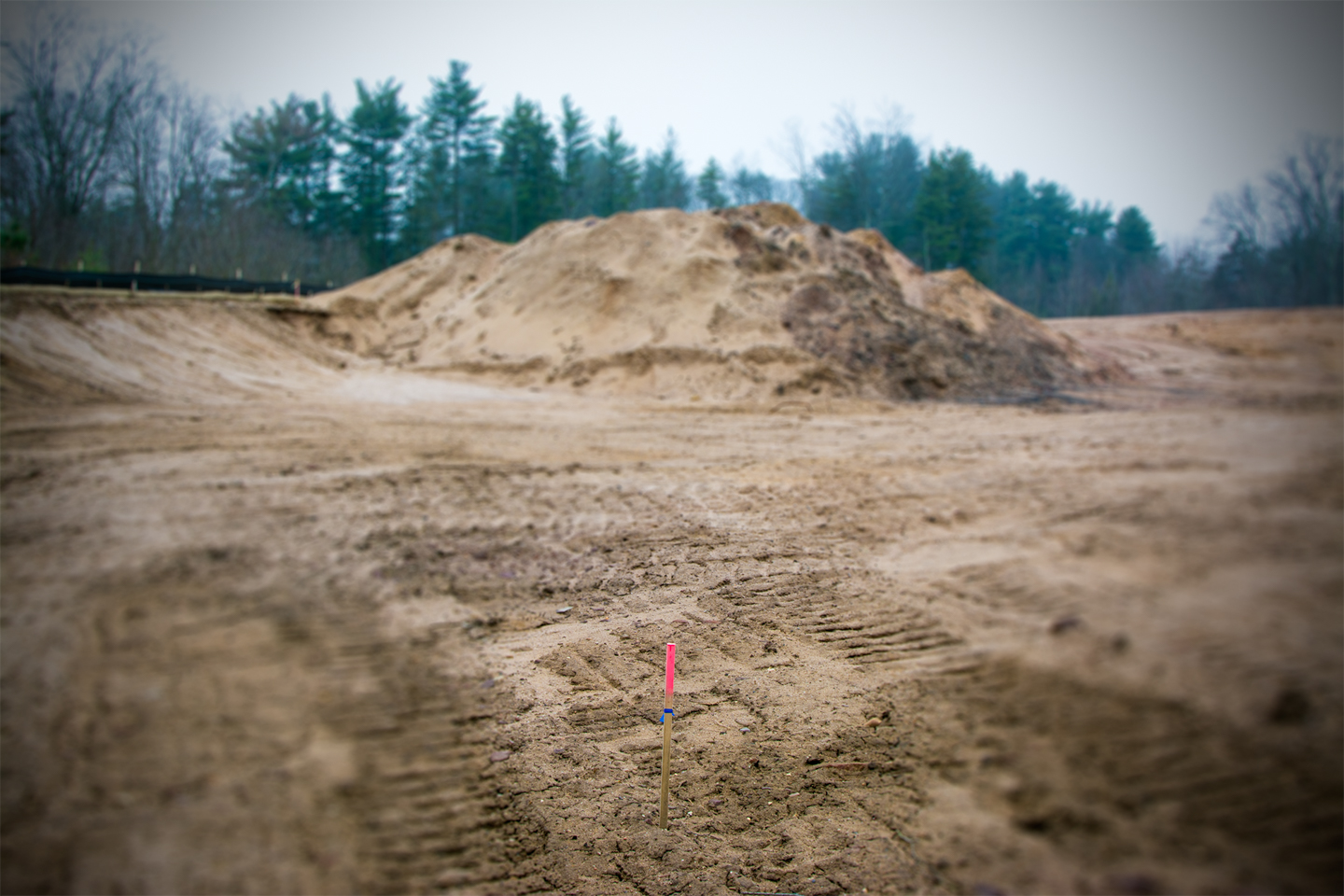
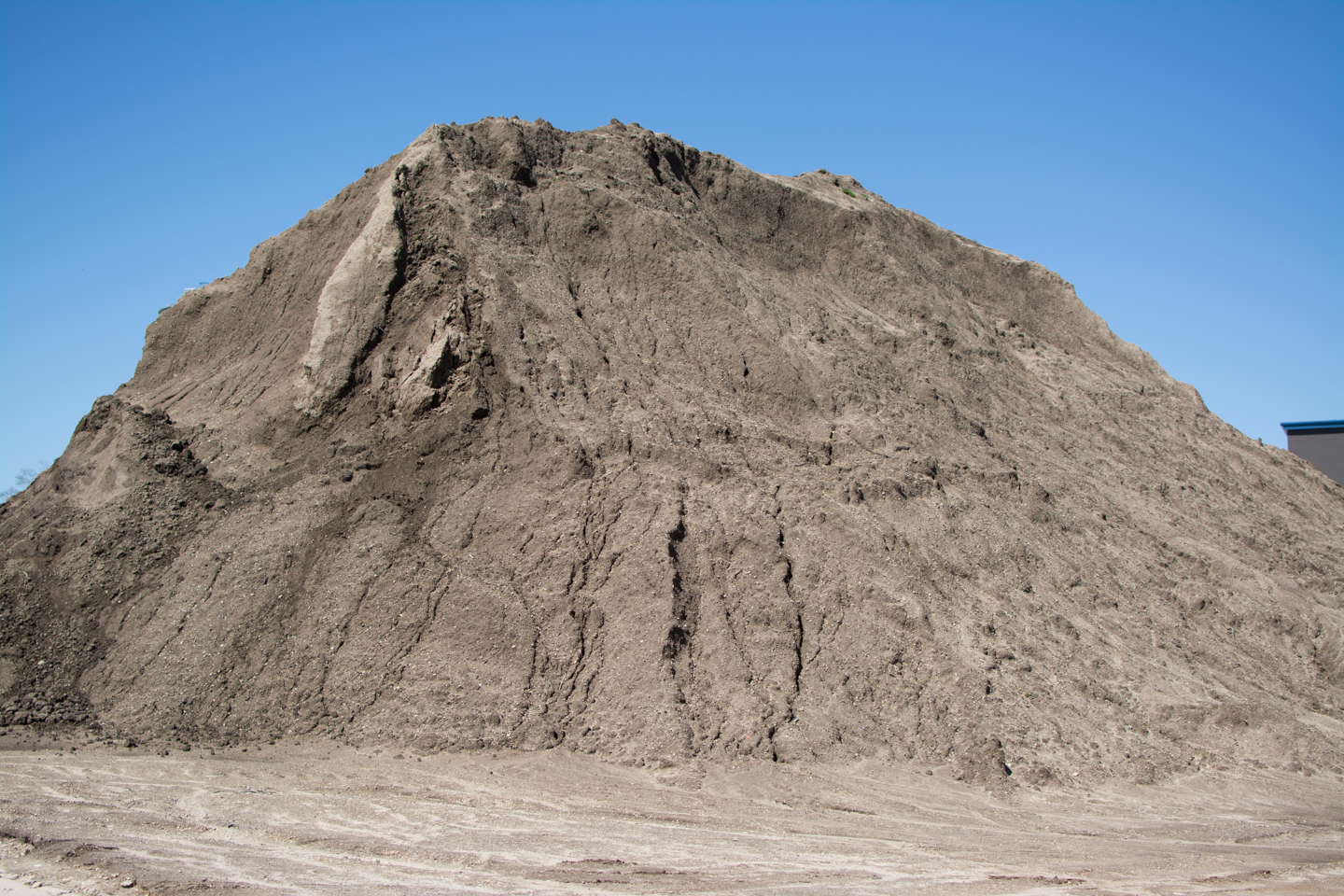
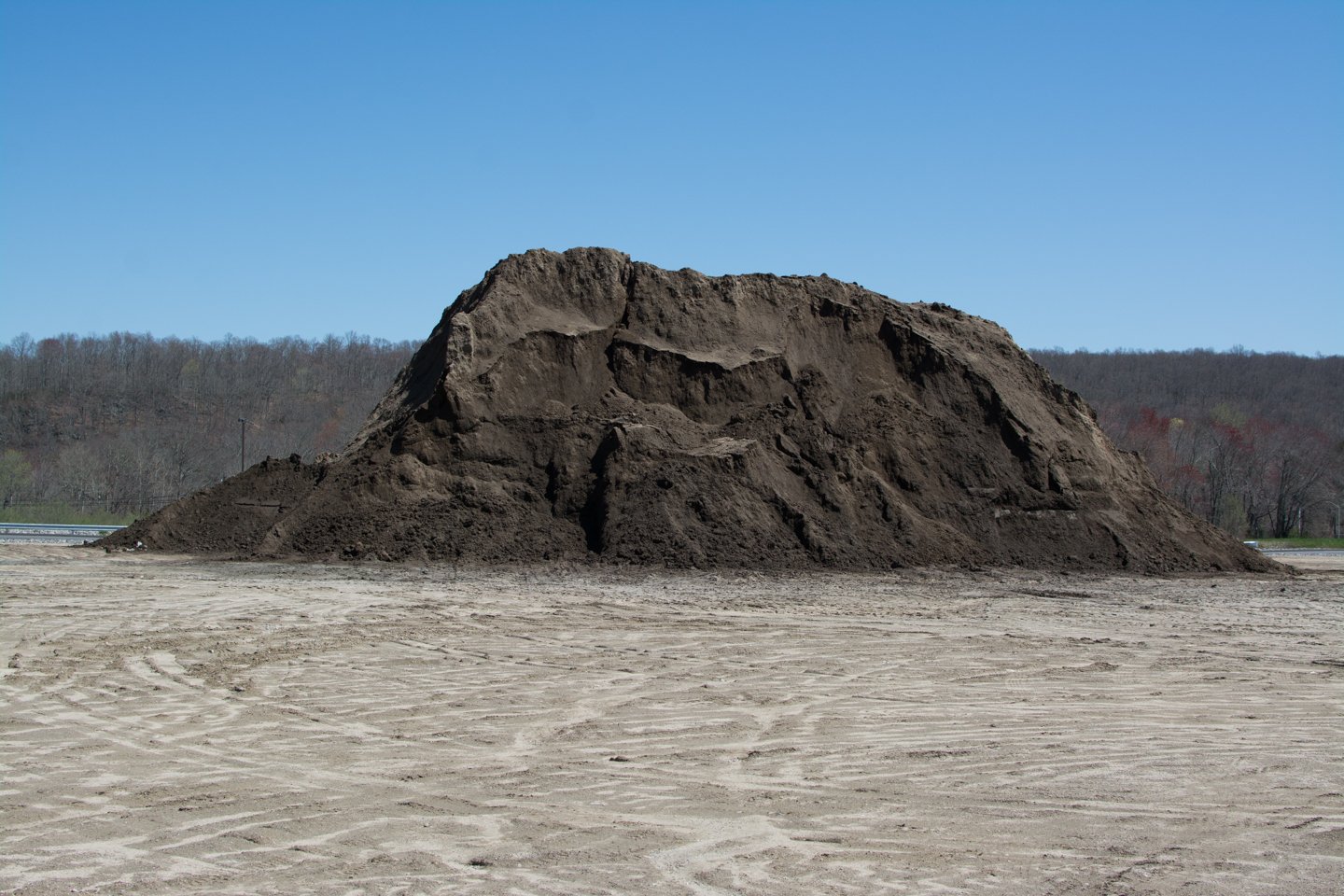
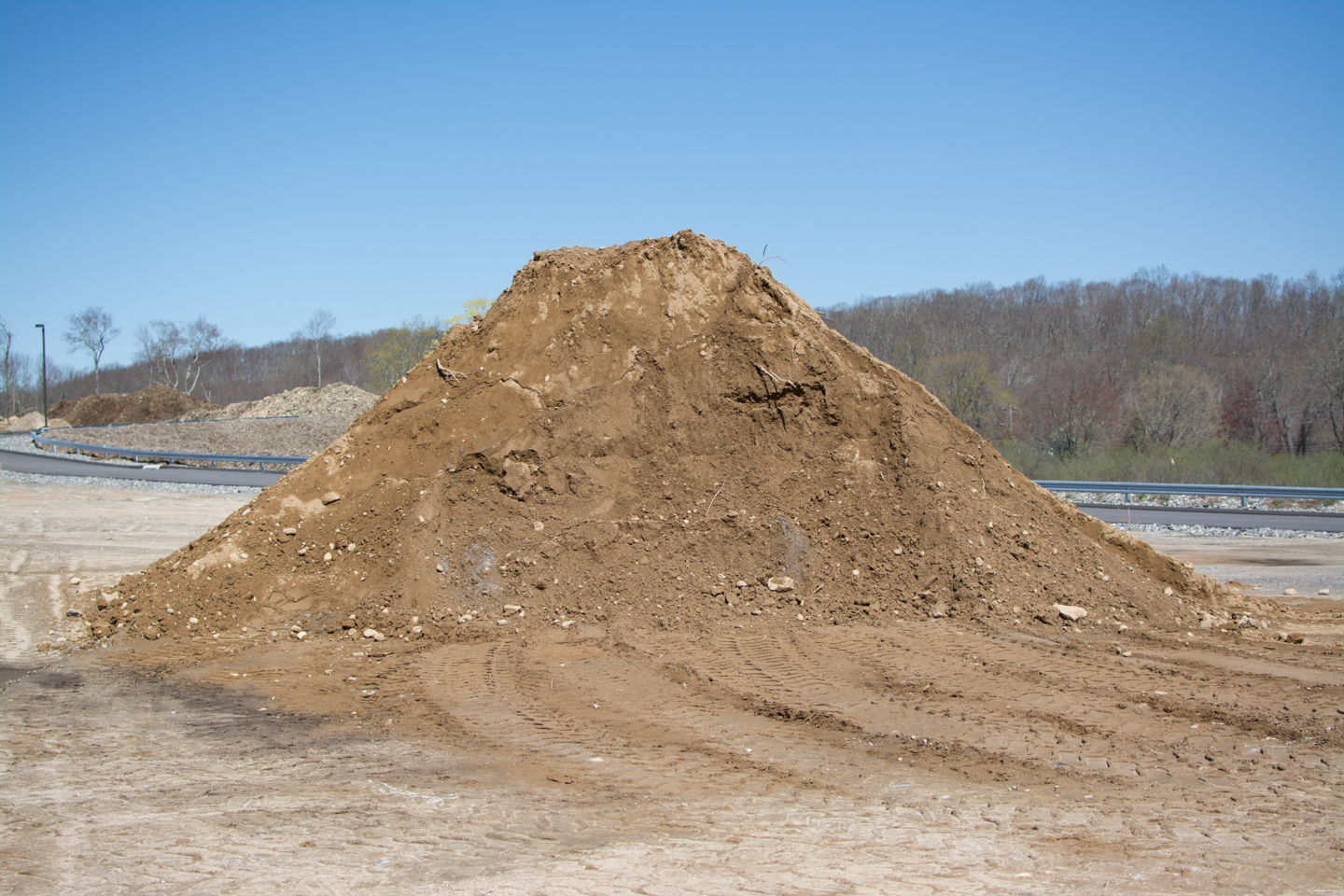
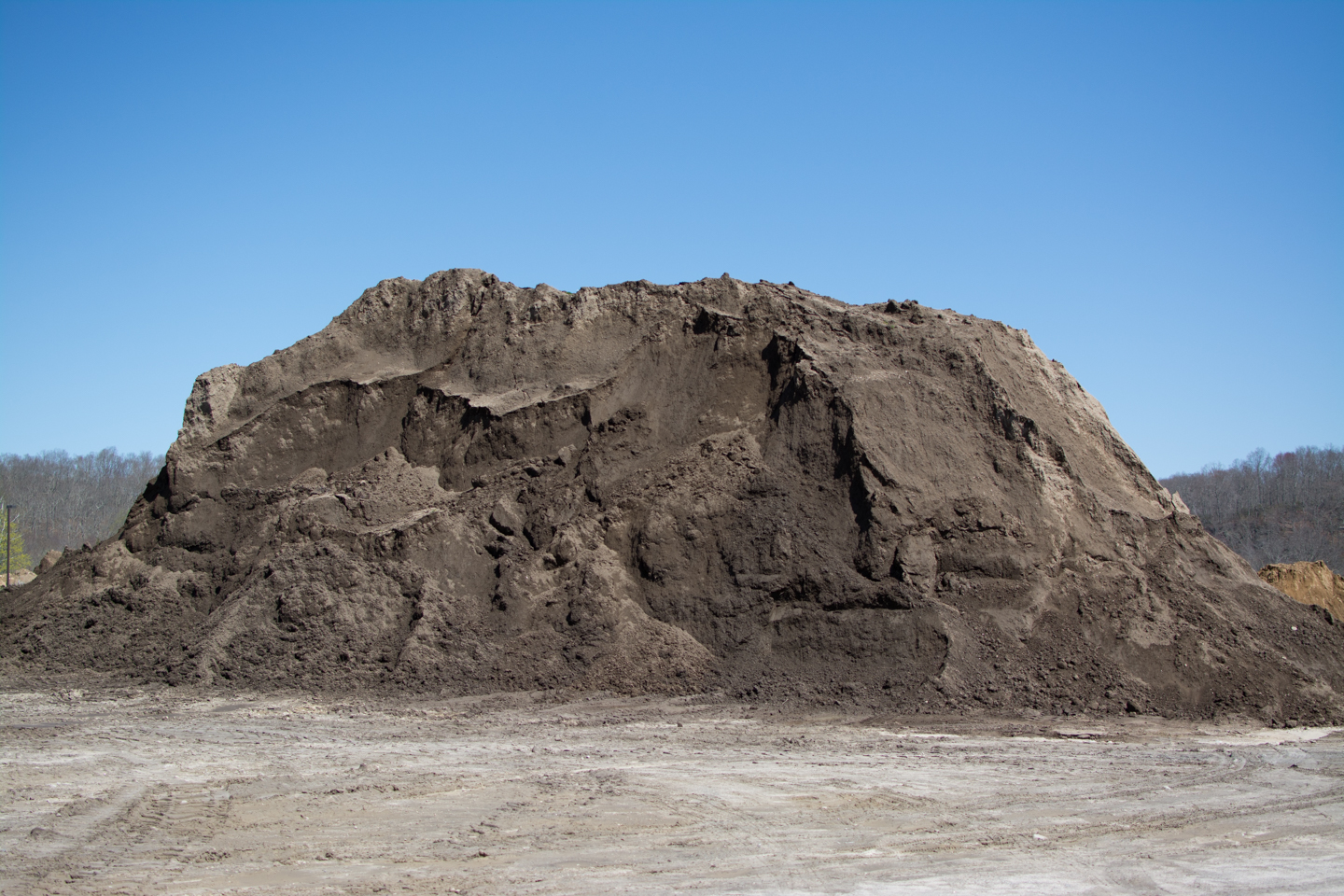
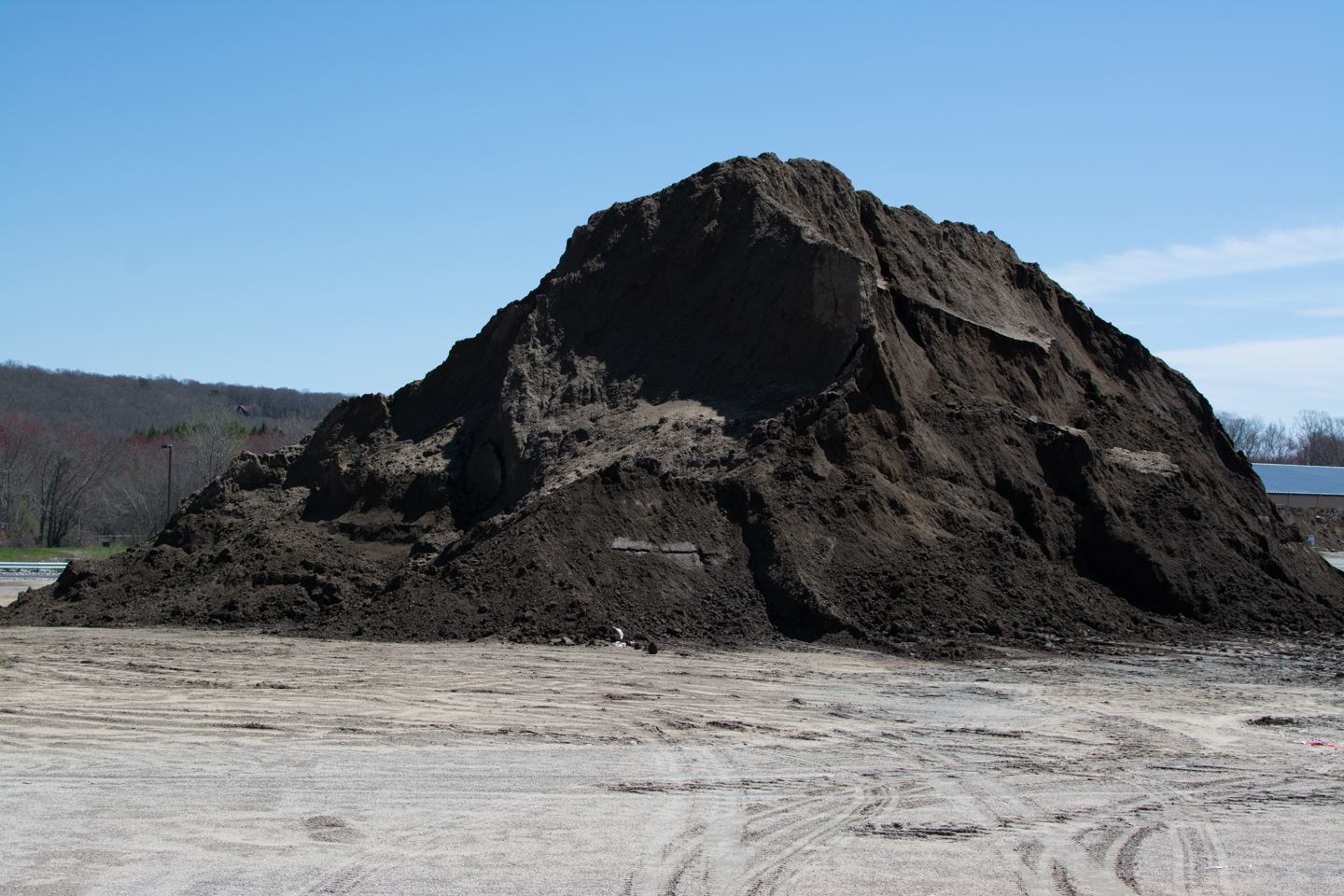
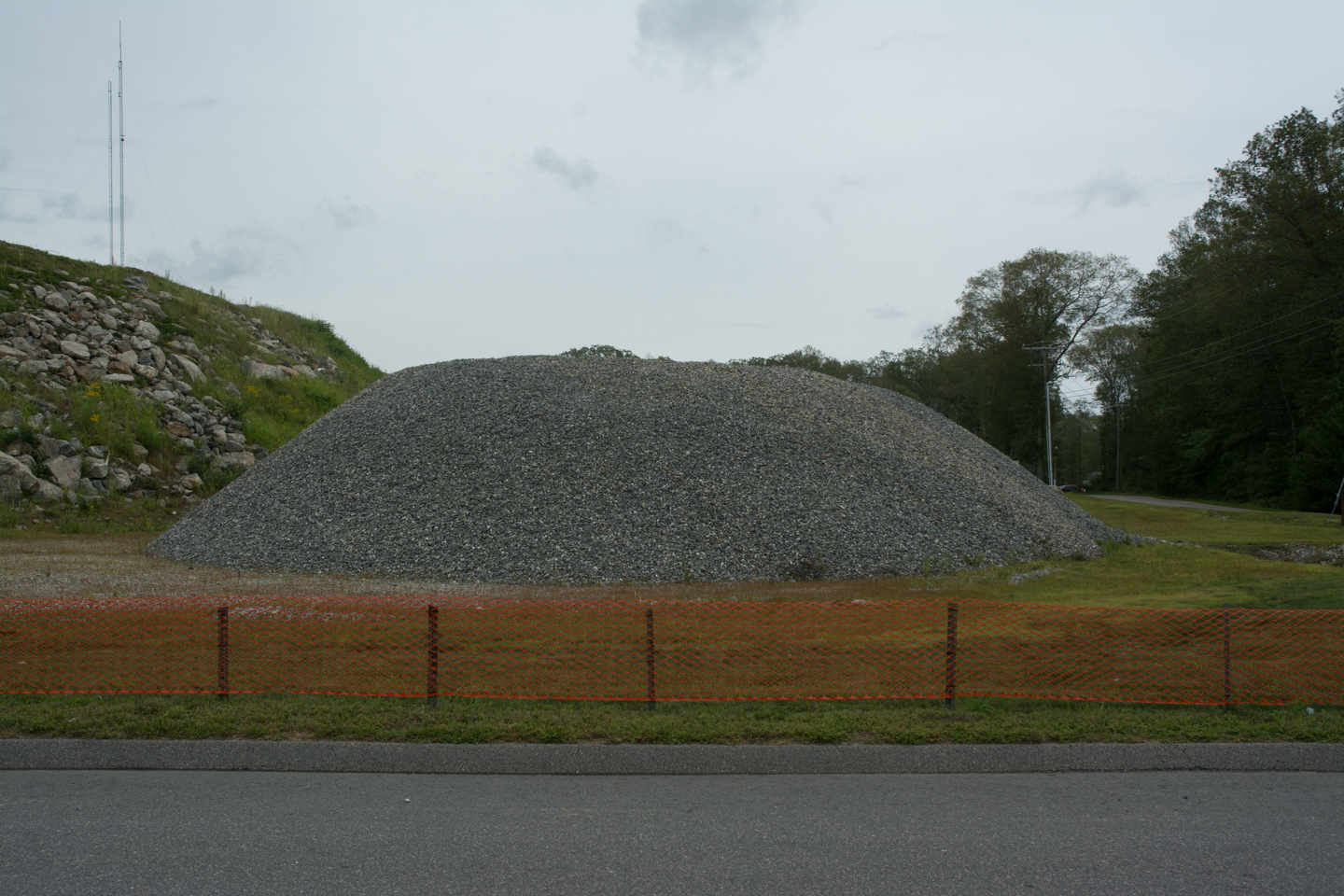
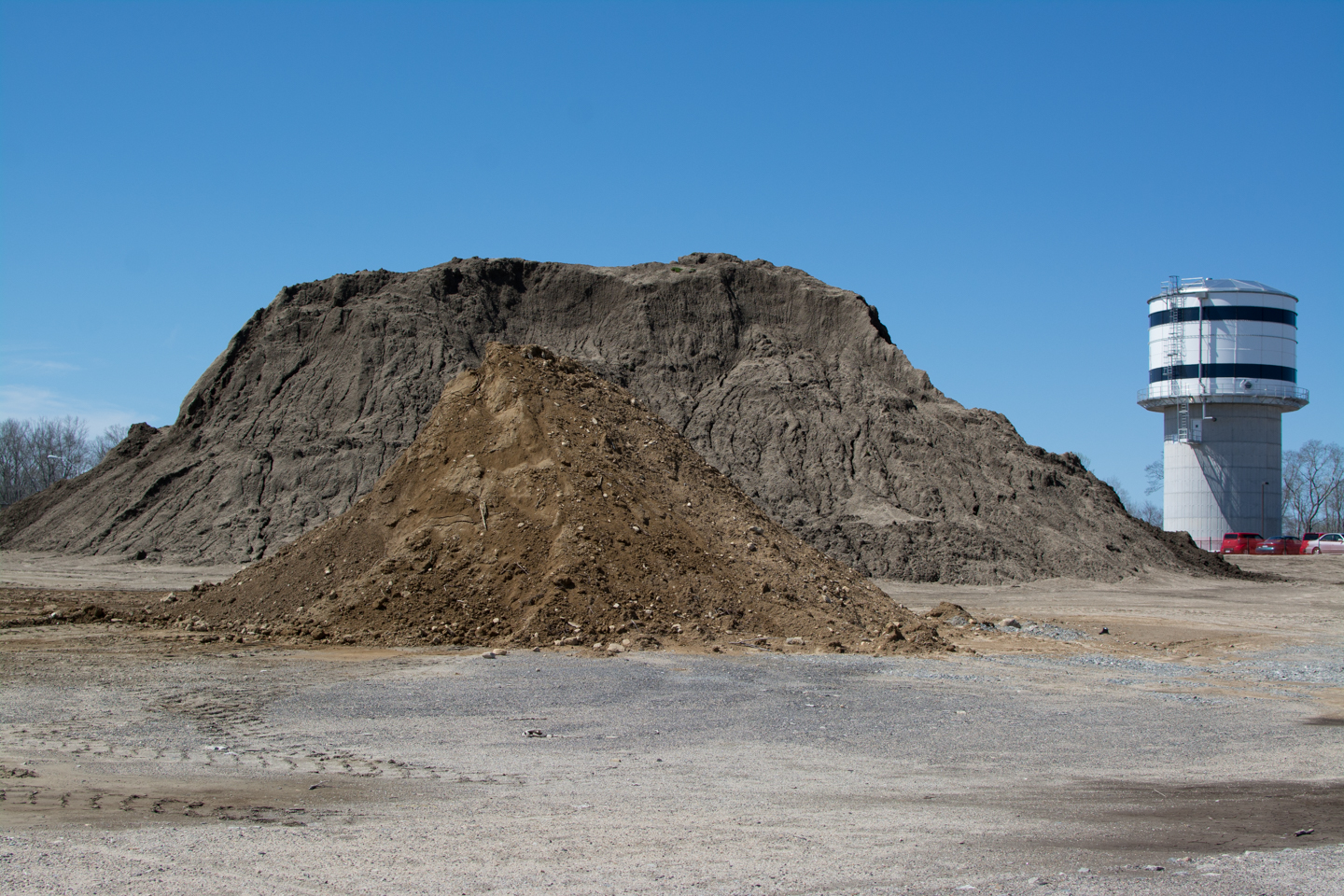
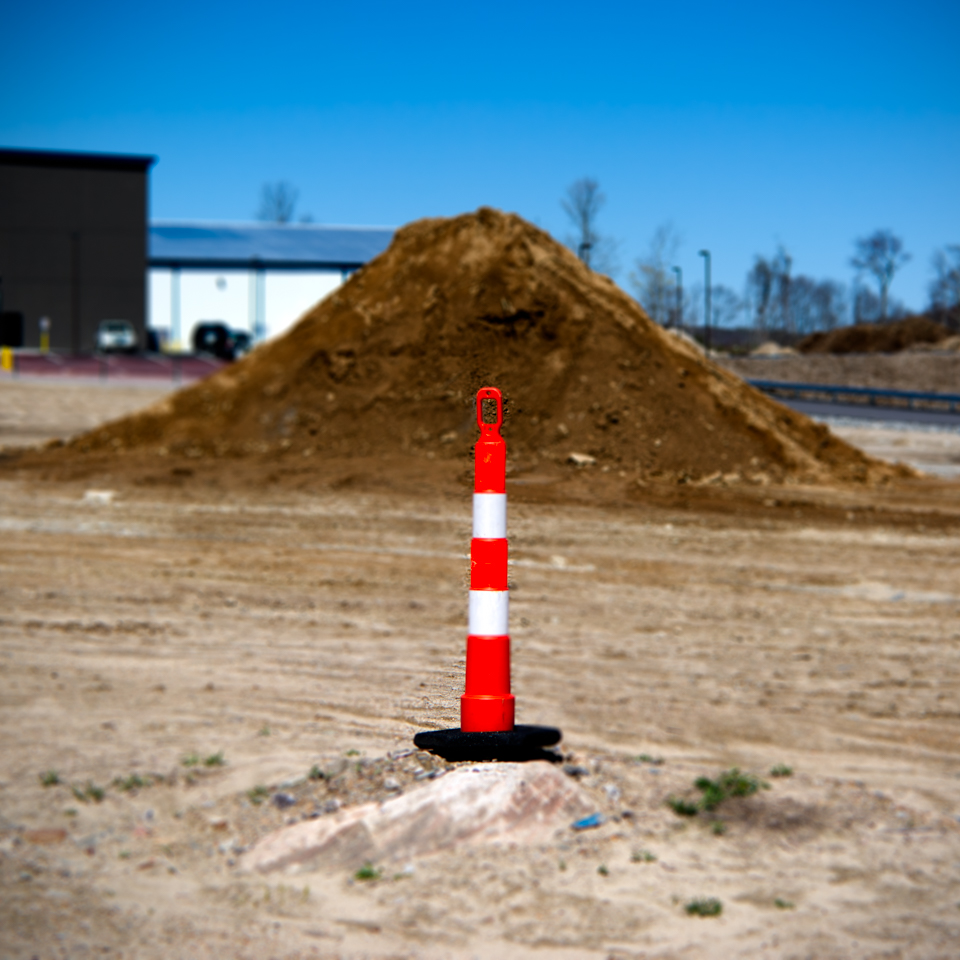
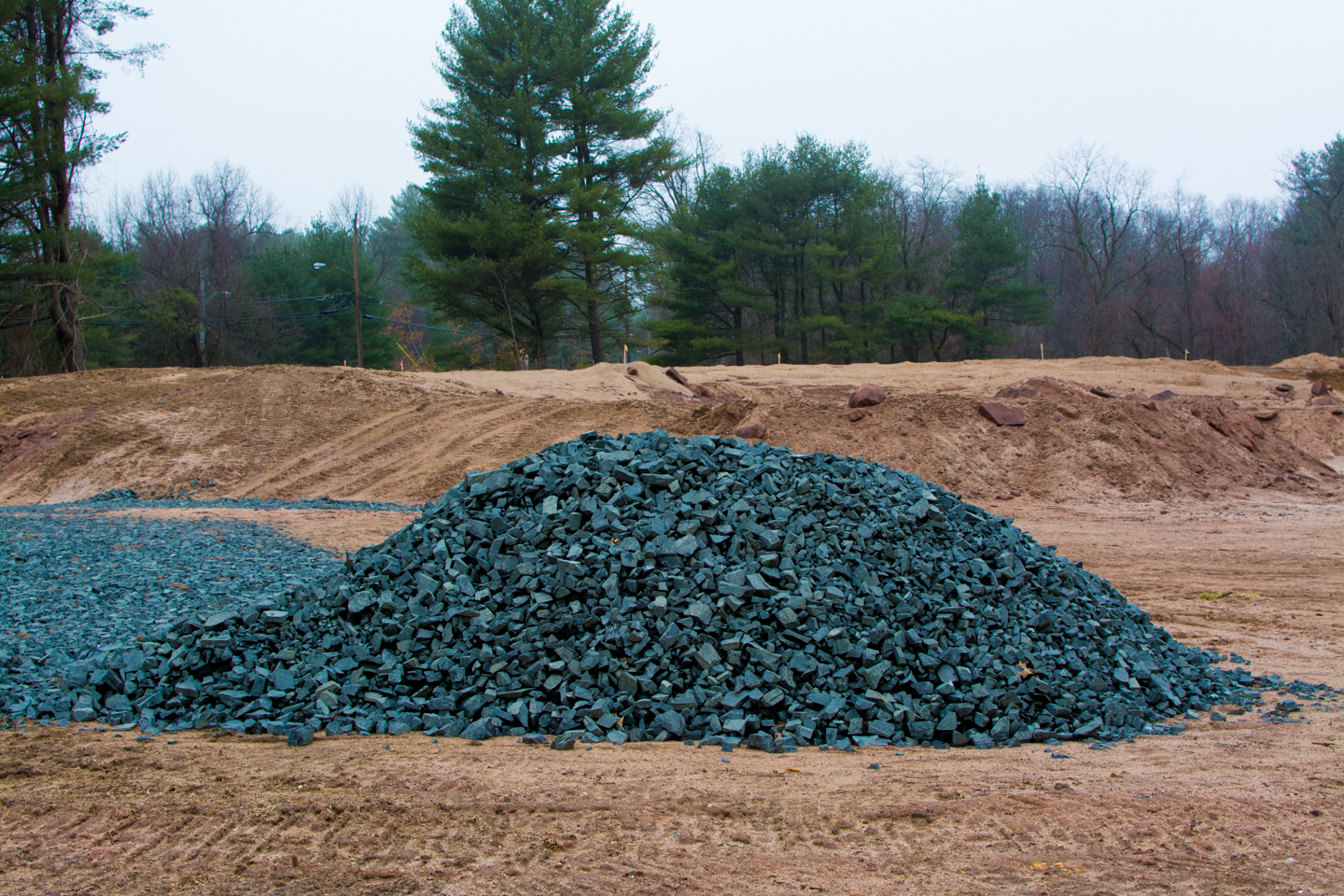


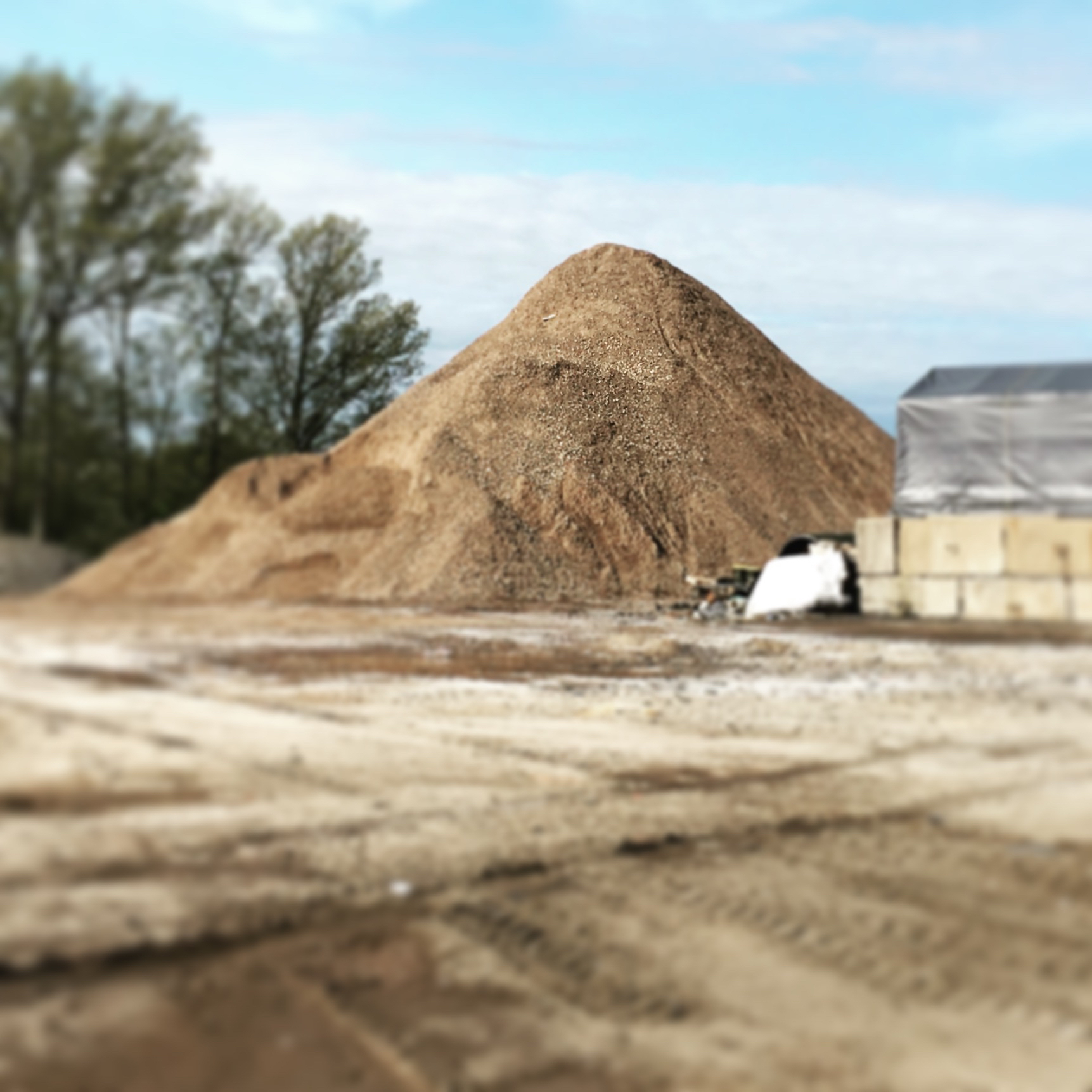

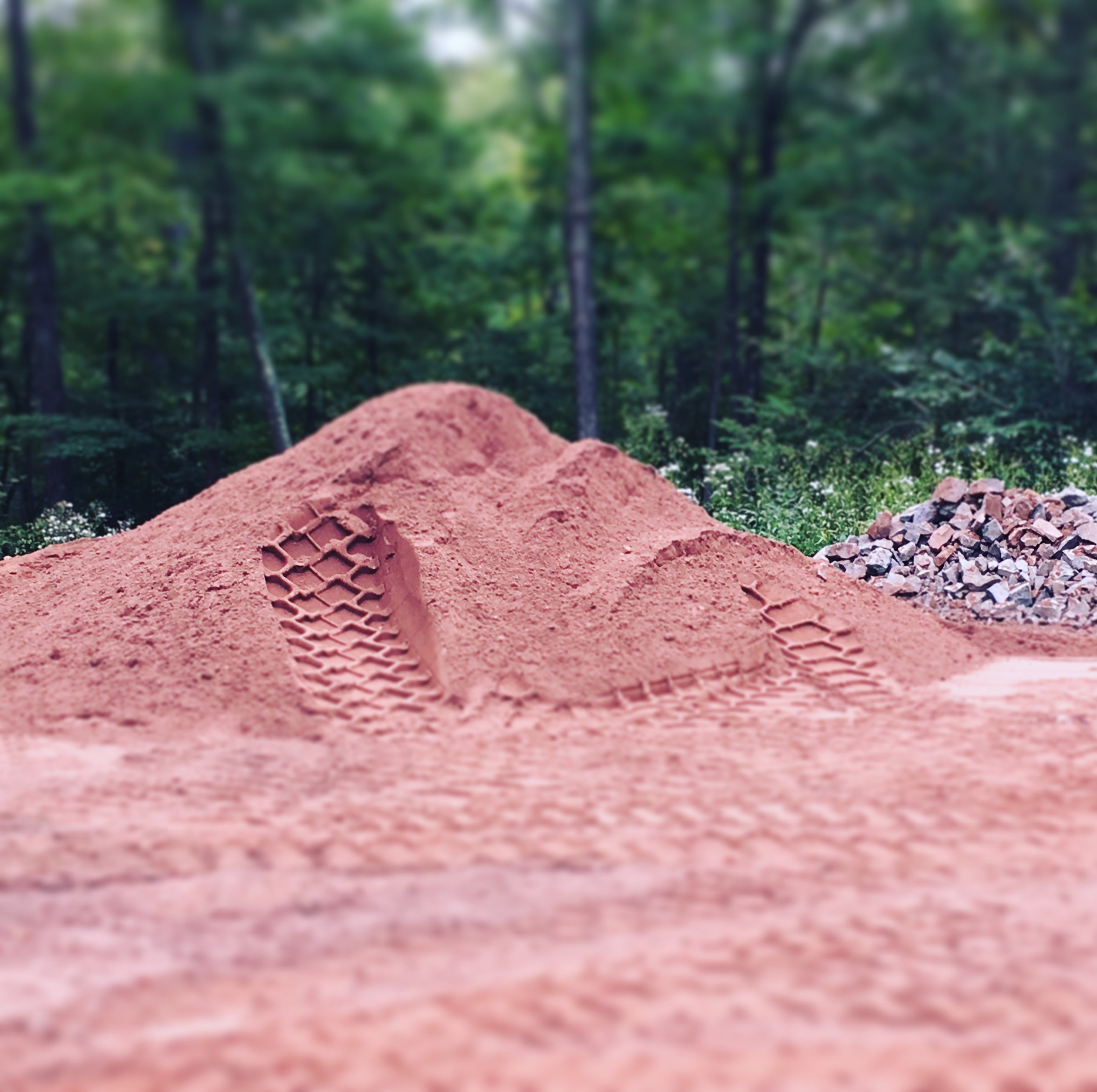
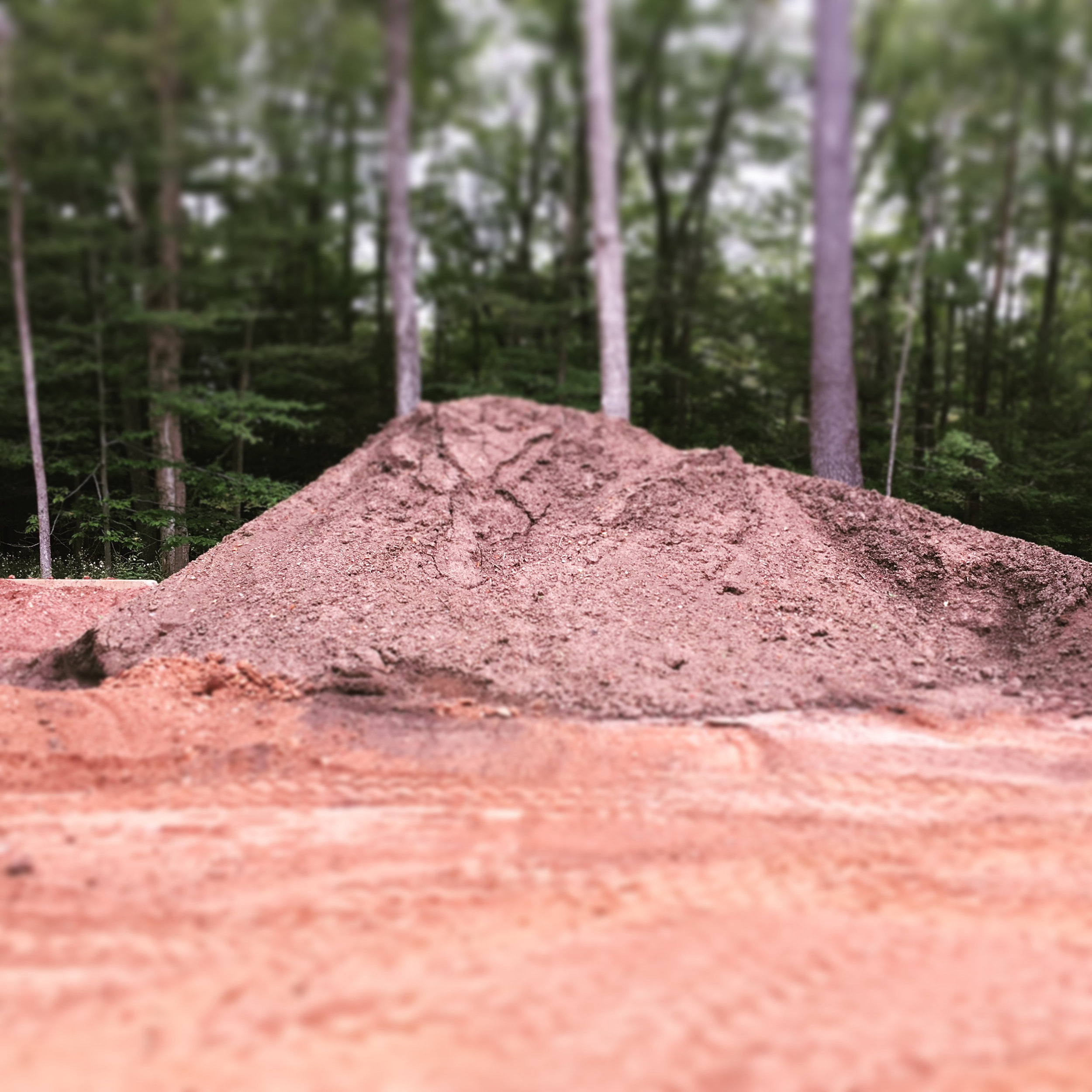
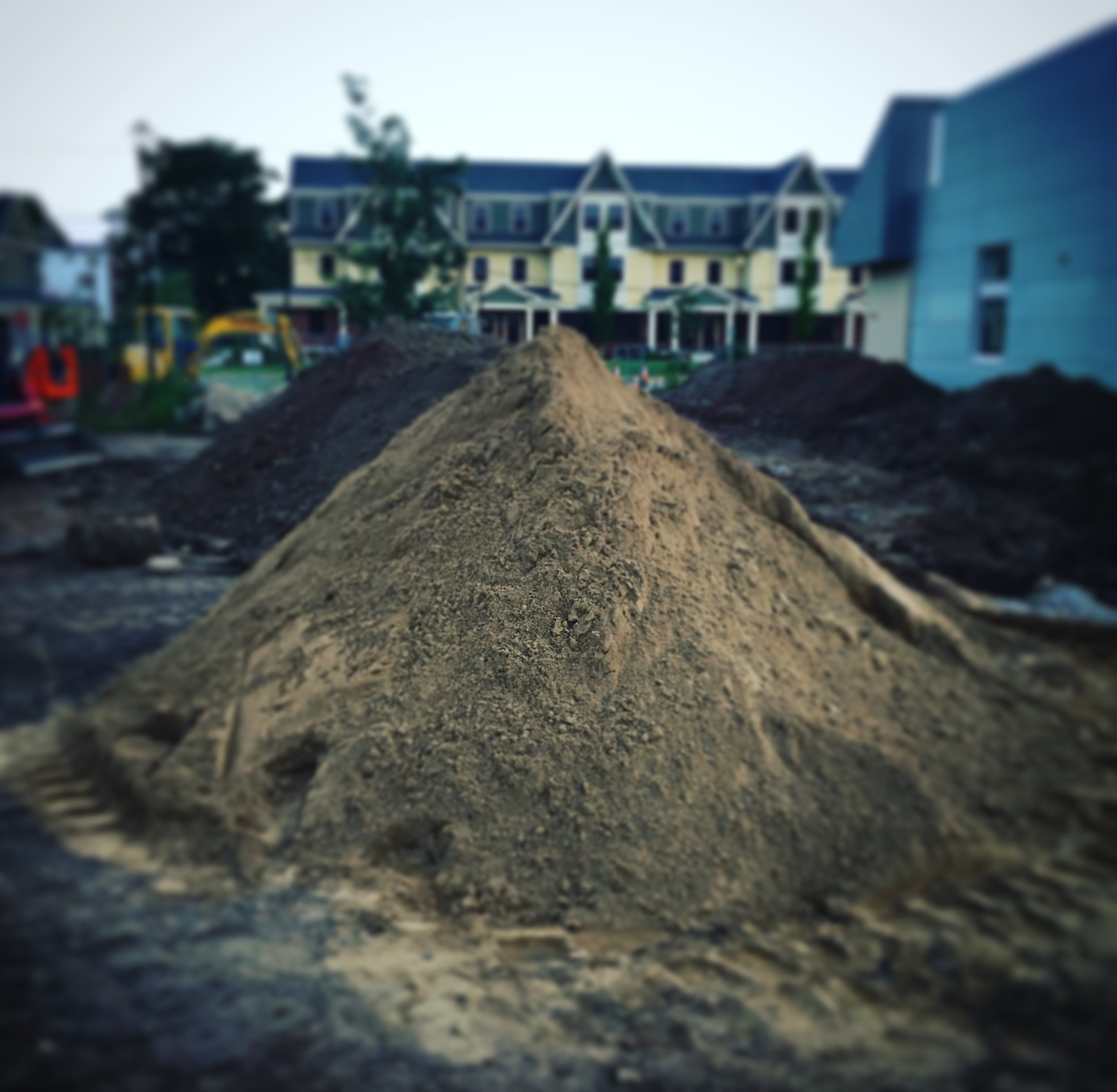
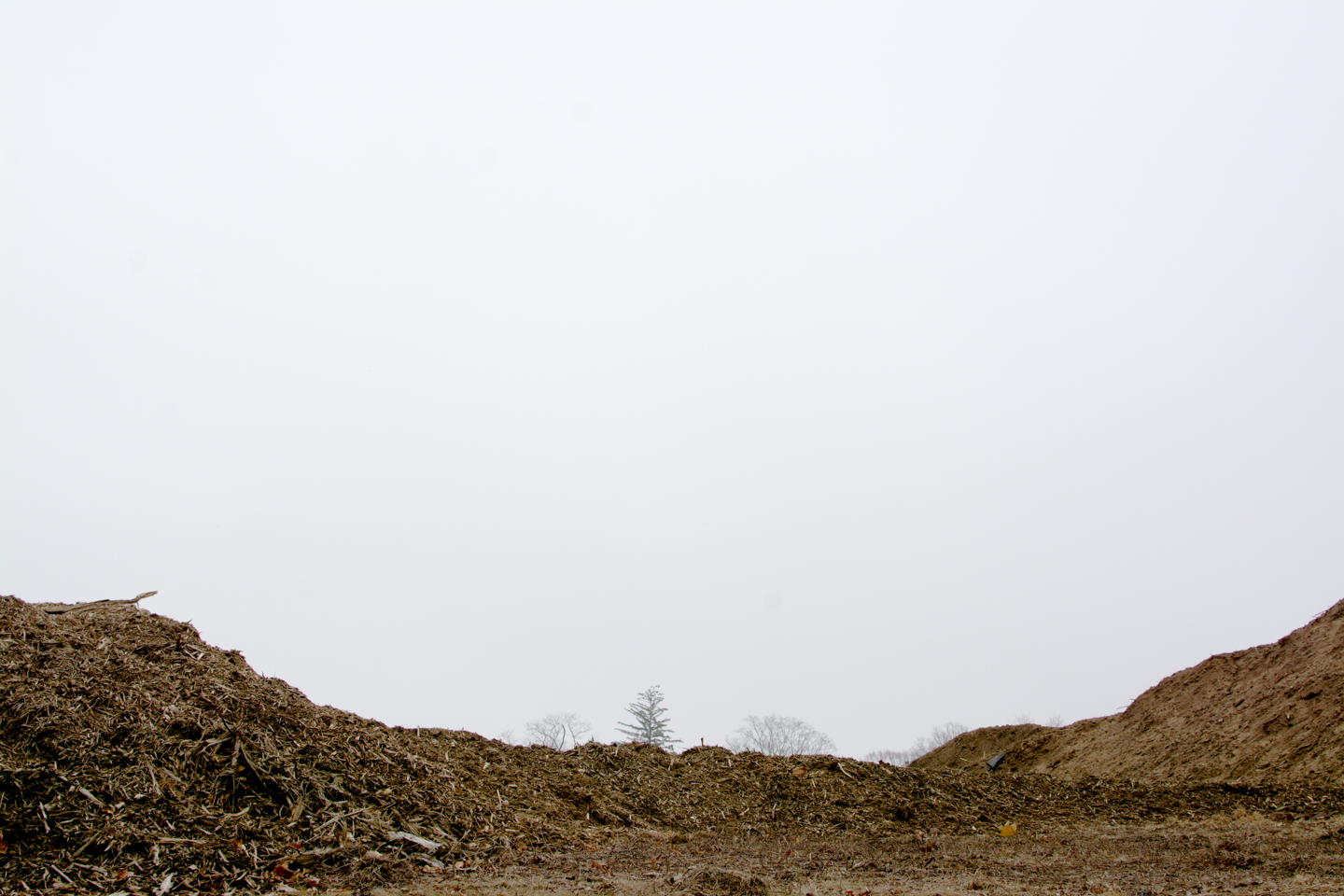
Scattered throughout much of the world are mounds of earth, created by cultures now long gone. In many instances, these mounds are burial places. They are called many things: in Latin, tumulus; from Old English, barrow; and from the Steppes, they are called kurgans.
Large mounds are also found where Celtic cultures flourished. In the case of these sites, however, it is not always clear whether the mounds were built by the Celts, or if the mounds predate the Celtic settlements. In any case, for the Celts these mounds were not burial sites. They were doorways to another world, the world of the aes sídhe.
The aes sídhe are a race of beings that move between this world and a parallel world that is invisible to humans. They cross the boundaries of the visible and invisible, the living and the world of souls. These mounds, these doorways, are called sídhe (pronounced ‘shee’).
Sídh are where worlds meet, where humans come into contact with indeterminacy, longing and the silence that follows knowing something to be true.